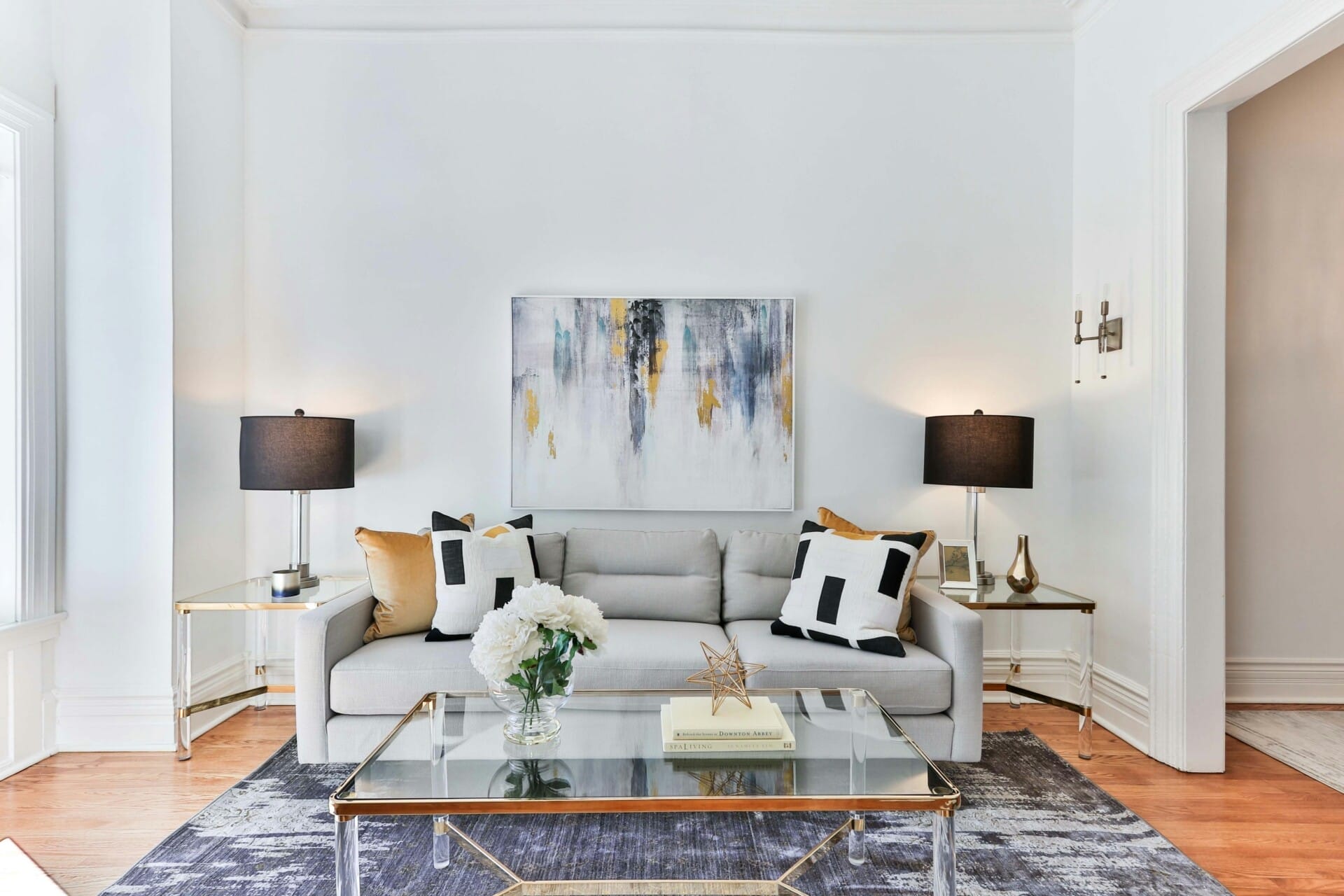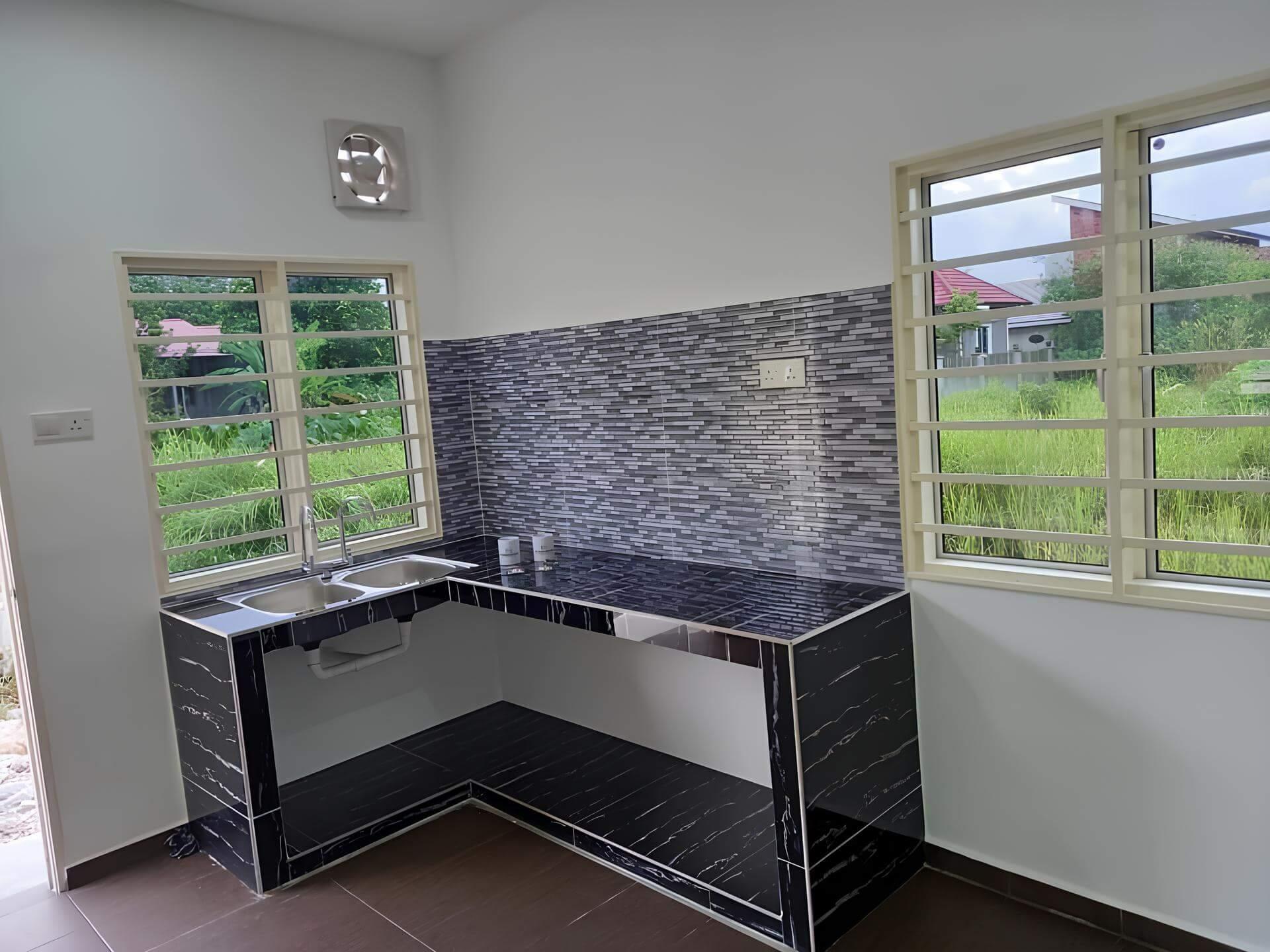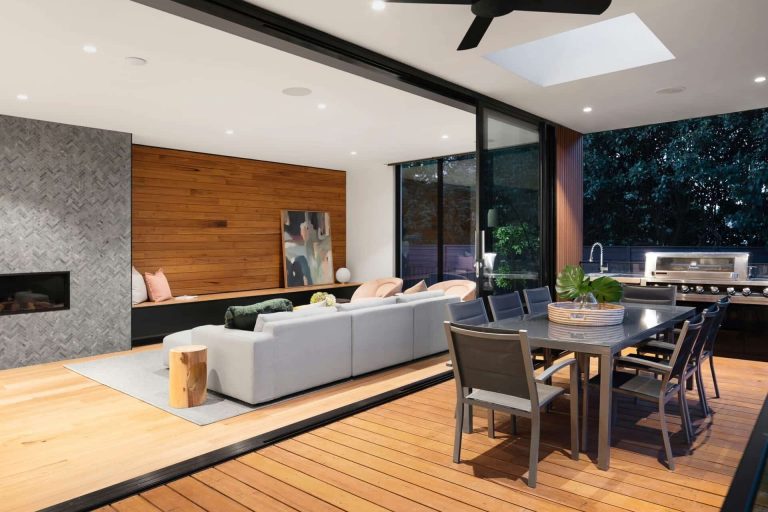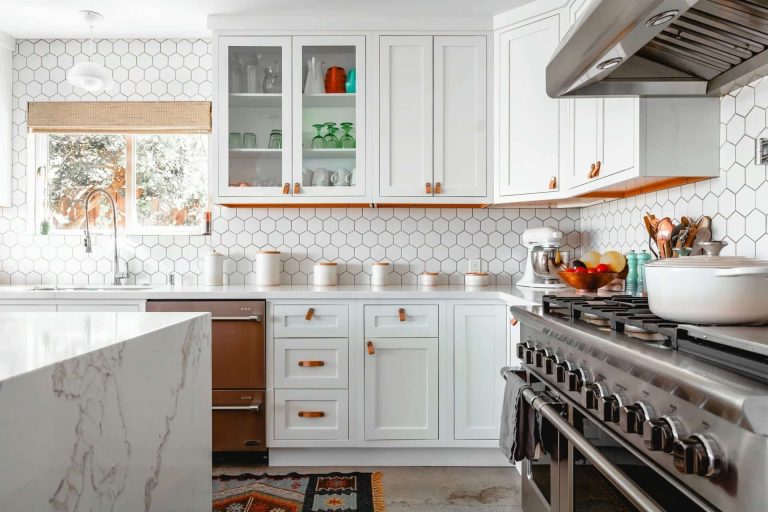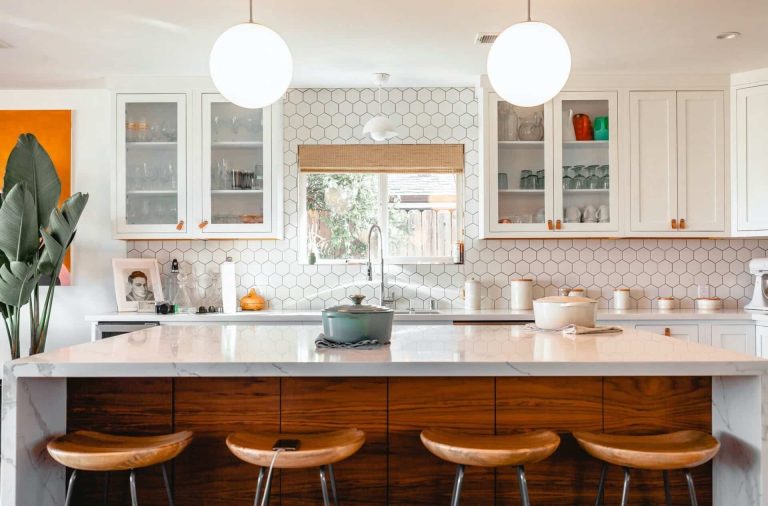In an era marked by a growing awareness of environmental sustainability and the urgent need to combat climate change, the concept of eco-friendly home design emerges as a catalyst for positive change. More than just a trend, sustainable living encapsulates a lifestyle choice that marries functionality with environmental stewardship. As homeowners seek to create cozy, efficient spaces that also tread lightly on the planet, innovative design ideas take center stage, weaving together aesthetics, comfort, and responsibility. This article delves into an array of sustainable home design concepts, showcasing how thoughtful choices—from materials to energy sources—can transform a house into an eco-friendly sanctuary. Whether you are embarking on a renovation journey or dreaming up a new build, explore these inspiring ideas that not only enhance your living environment but also contribute to a healthier planet for future generations. Join us as we uncover the harmony of design and sustainability, proving that creating a beautiful home can indeed go hand in hand with preserving the Earth.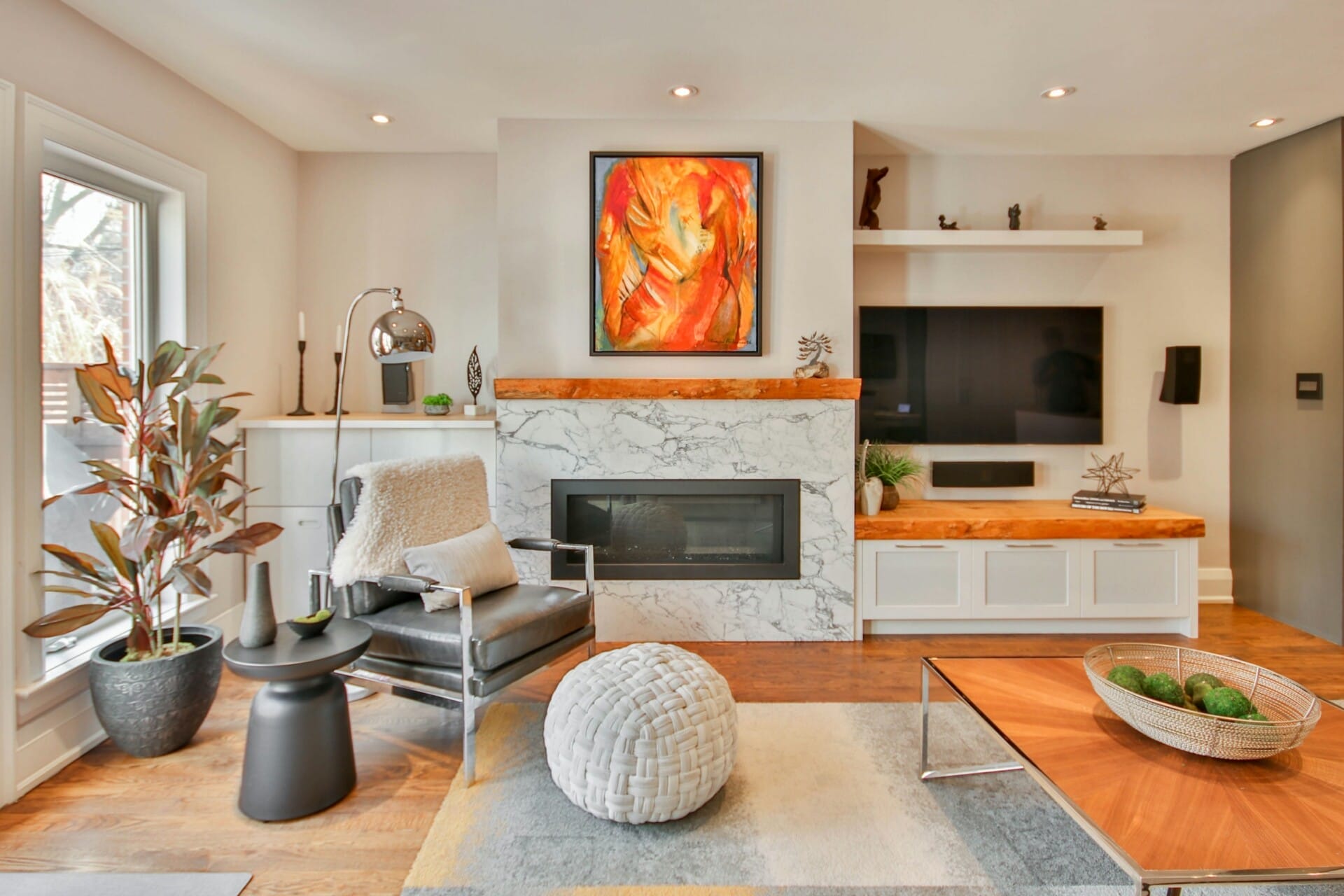
Innovative Materials for Green Living Spaces
In the quest for eco-conscious living, innovative materials play a pivotal role in transforming spaces into environmentally friendly havens. One such material making waves is mycelium, a naturally occurring fungus that can be cultivated to create sturdy, biodegradable construction blocks. These blocks not only offer a sustainable alternative to traditional building materials but also help in carbon sequestration. As awareness grows about the importance of reducing our carbon footprint, mycelium is carving out a niche within green construction practices.
Another breakthrough material is recycled plastic, which is being ingeniously repurposed into everything from flooring to insulation. This material reduces waste and effectively minimizes the reliance on virgin resources. Recycled plastics, when treated appropriately, can be transformed into stunning and durable design elements that add a contemporary edge to eco-friendly homes. Options include blocks made from reclaimed ocean plastic or tiles crafted from post-consumer waste, proving that sustainability and style can go hand in hand.
The use of nitrogen-infused concrete is also gaining traction in the domain of sustainable building. By incorporating nitrogen bubbles into the concrete mix, the overall weight of the material is reduced while maintaining its structural integrity. This innovative concrete not only requires less energy to produce but also enhances insulation properties, contributing to energy efficiency in homes. As shown in the table below, these materials offer various benefits that align perfectly with the ethos of sustainable living.
| Material | Benefits | Applications |
|---|---|---|
| Mycelium | Biodegradable, Carbon-negative | Building blocks, insulation |
| Recycled Plastic | Waste reduction, Durable | Flooring, Tiles |
| Nitrogen-infused Concrete | Energy-efficient, Lightweight | Structural applications, Insulation |
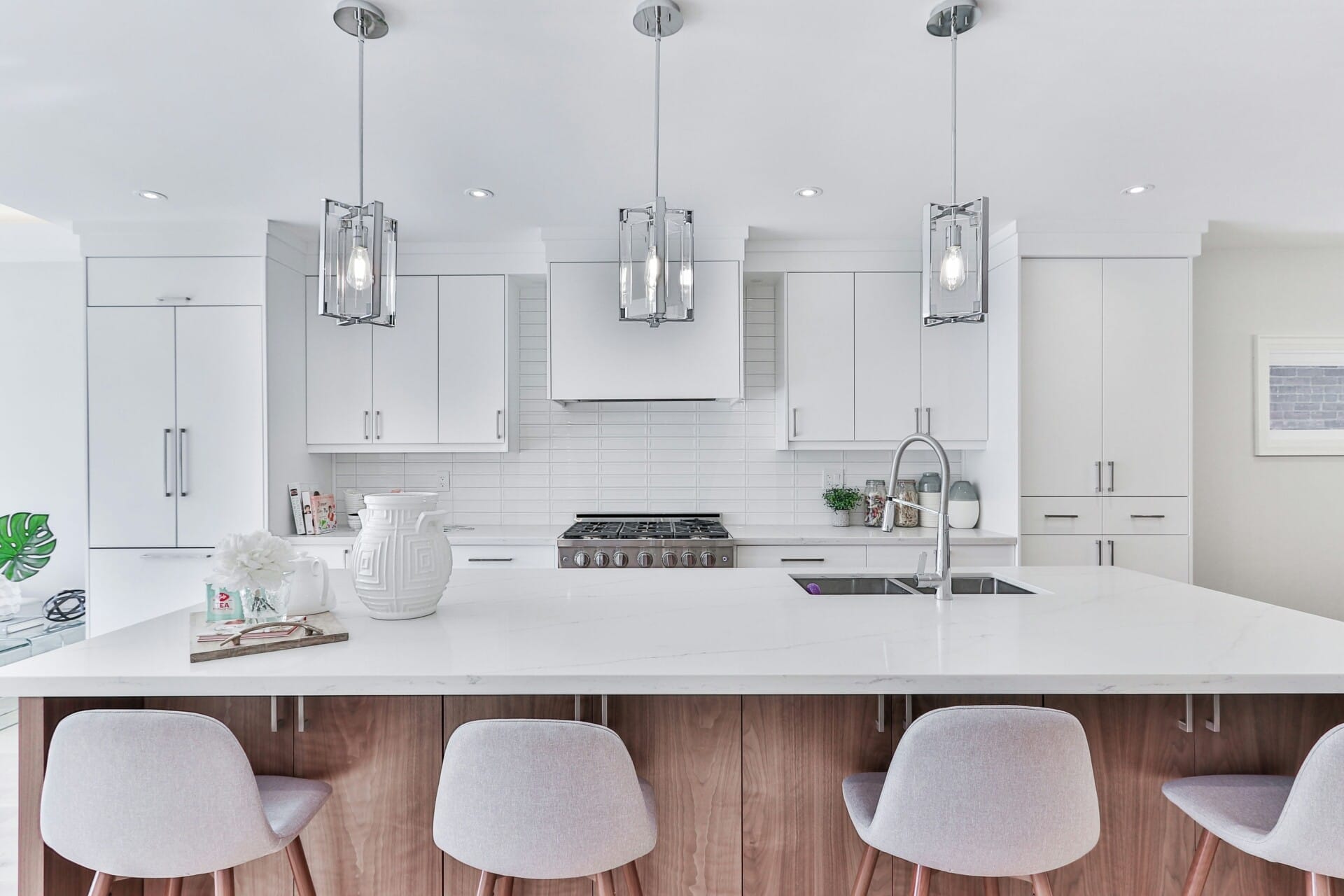
Maximizing Energy Efficiency in Home Design
To create a home that is both stylish and energy-efficient, begin with careful consideration of your home’s orientation and layout. Positioning your house to take advantage of natural light can significantly reduce the need for artificial lighting, which in turn lowers electricity usage. Incorporate large windows on the south side to welcome sunlight during the winter months, while strategically placed overhangs or awnings can shield interiors from intense summer heat. Additionally, consider an open floor plan to promote airflow, minimizing the need for air conditioning.
Another excellent strategy is implementing insulation techniques that not only enhance comfort but also conserve energy. Choose high-performance insulation materials, such as spray foam or structural insulated panels (SIPs), which provide superior thermal resistance. Additionally, consider using thermal mass materials in your design, like concrete or stone, which absorb heat during the day and release it at night, stabilizing indoor temperatures. Remember to pay attention to sealing cracks and gaps; a well-insulated home can reduce energy waste and improve overall efficiency.
Lastly, integrating renewable energy sources into your home design can significantly decrease your carbon footprint. While solar panels are the most common choice, consider options like small wind turbines or geothermal heating systems, depending on your local climate and landscape. To manage your energy consumption effectively, install a smart home system that monitors usage patterns and allows for intricate control over heating, cooling, and lighting. The table below illustrates some key energy-efficient upgrades that can be implemented:
| Upgrade | Benefits |
|---|---|
| Energy-Efficient Windows | Reduced heat loss and increased comfort. |
| Smart Thermostat | Optimized energy usage and cost savings. |
| LED Lighting | Lower energy consumption with longer lifespan. |
| Rainwater Harvesting Systems | Conserves water and reduces reliance on municipal sources. |
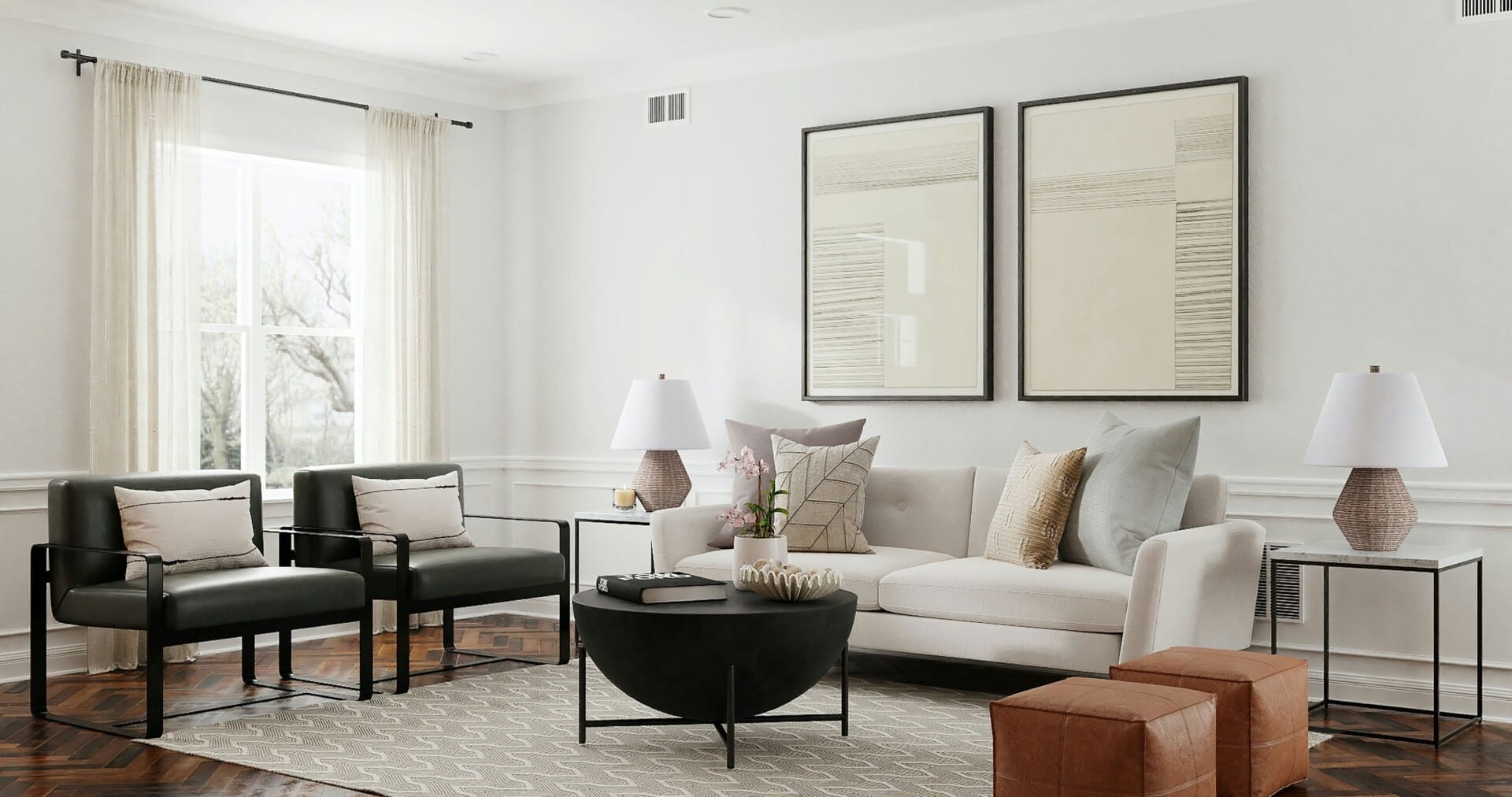
Landscaping with Nature: Creating Eco-Friendly Exteriors
Transforming your outdoor space into a thriving, eco-friendly environment can greatly enhance both the aesthetic appeal and ecological footprint of your home. Embracing native plants is one of the most effective ways to achieve this. These plants are adapted to your local climate and soil conditions, requiring minimal watering and fertilization. By cultivating a diverse range of perennials, shrubs, and trees, you can create a resilient ecosystem that supports local wildlife such as bees, butterflies, and birds, fostering a beautiful balance with nature.
Incorporating sustainable practices into your landscaping can further enhance the eco-friendliness of your project. Consider the following strategies:
- Rain Gardens: Planting a rain garden can help manage stormwater runoff, promoting water absorption and reducing pollution.
- Compost Bins: Utilize kitchen scraps and yard waste to create nutrient-rich compost, reducing landfill waste and enhancing soil health.
- Xeriscaping: Opt for drought-resistant plants to minimize water usage, particularly in arid regions.
| Eco-Friendly Material | Benefits |
|---|---|
| Recycled Pavers | Reduce waste and provide durability |
| Bamboo Fencing | Regenerative resource, adds natural beauty |
| Permeable Concrete | Allows water drainage, reducing runoff |
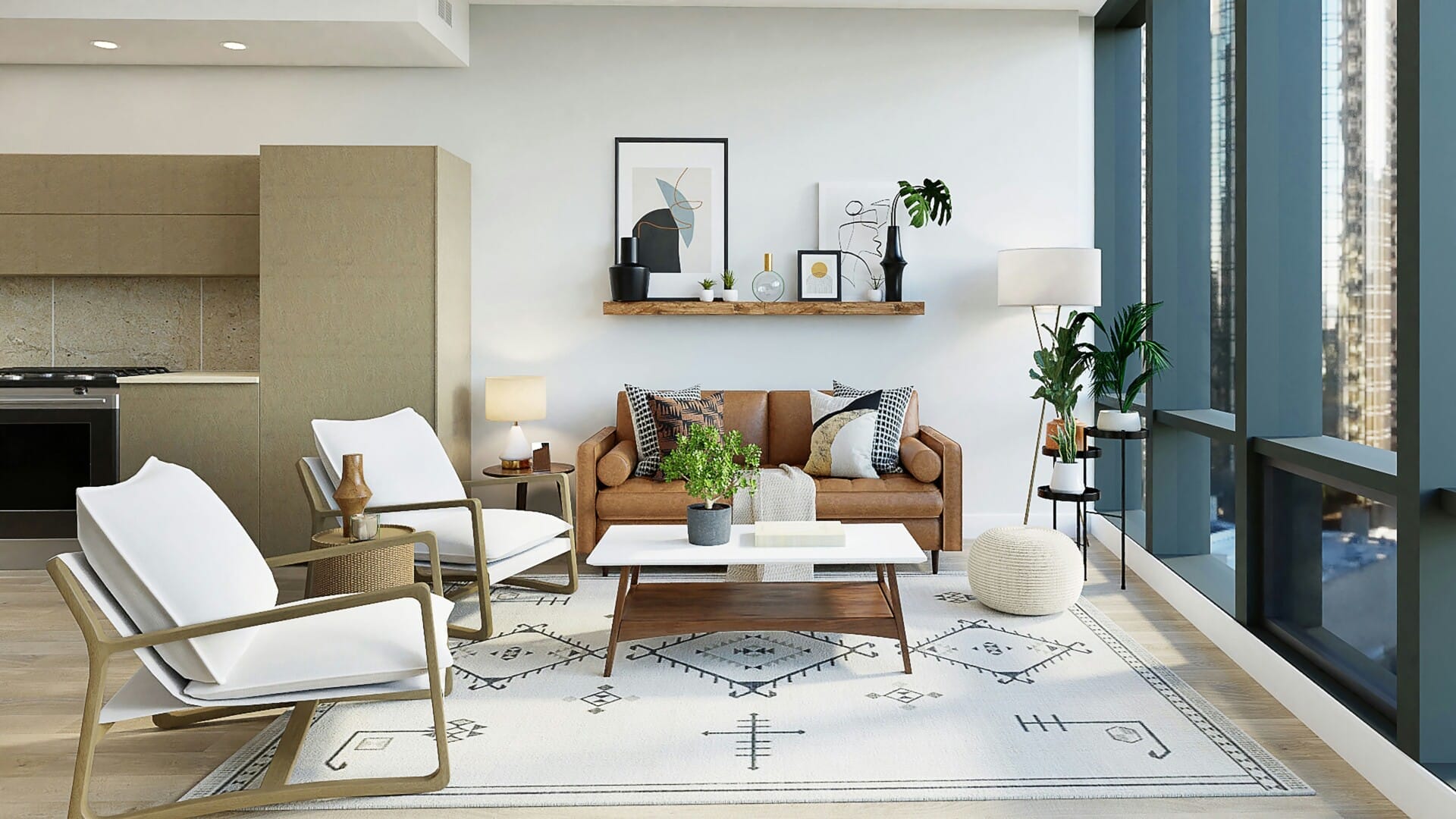
Smart Technology Solutions for Sustainable Homes
Embracing smart technology not only enhances the comfort of your living space but also contributes to environmental sustainability. By integrating automated systems, homeowners can efficiently manage energy consumption and waste. For instance, smart thermostats adjust heating and cooling based on occupancy, while energy-efficient lighting systems can be programmed to turn off during daylight hours or when a room is unoccupied. These features not only lower utility bills but also reduce the carbon footprint of the home.
Another innovative approach is the use of smart appliances that increase efficiency and minimize waste. Many modern refrigerators, for example, come equipped with sensors that monitor food expiration dates and suggest recipes based on available ingredients. Additionally, washing machines can optimize water usage and run cycles based on the load size. This technology not only conserves resources but also leads to a more sustainable lifestyle.
| Smart Technology | Impact on Sustainability |
|---|---|
| Smart Thermostats | Reduce energy use by controlling heating/cooling |
| Automated Lighting | Minimize electricity waste by adjusting usage |
| Smart Appliances | Enhance efficiency and reduce food waste |
| Water Management Systems | Conserve water through monitoring and control |
Q&A
Q: What are some fundamental principles of sustainable eco-friendly home design?
A: Sustainable eco-friendly home design revolves around minimizing environmental impact while maximizing comfort and efficiency. Key principles include using renewable resources, optimizing energy efficiency, selecting sustainable materials, and enhancing water conservation. It also involves orienting the home to take advantage of natural light and ventilation, reducing reliance on artificial heating and cooling.
Q: How can homeowners incorporate renewable energy into their designs?
A: Homeowners can embrace renewable energy by installing solar panels or wind turbines, harnessing the power of the sun and wind to generate electricity. Additionally, incorporating passive solar design—like strategic window placement and thermal mass—can reduce dependence on conventional energy sources. Geothermal heating and cooling systems also offer a sustainable option by using the earth’s natural temperature to regulate home climate.
Q: What materials are considered sustainable for home construction?
A: Sustainable materials include bamboo, reclaimed wood, recycled steel, and straw bales, which are eco-friendly and often more durable than traditional options. Additionally, non-toxic paints and finishes, as well as natural insulation materials like sheep’s wool or cellulose, contribute to a healthier indoor environment while reducing environmental impact.
Q: Can you provide tips for energy-efficient appliances to use in an eco-friendly home?
A: Absolutely! Look for Energy Star-rated appliances, which meet strict energy efficiency guidelines. Opt for induction stoves for cooking, as they use less energy than traditional electric or gas ranges. Likewise, consider high-efficiency washing machines and dishwashers that consume less water and energy. Additionally, smart thermostats can help regulate home temperature efficiently, adapting to your lifestyle and reducing energy waste.
Q: How does landscaping fit into sustainable eco-friendly home design?
A: Landscaping plays a vital role in sustainable home design. Using native plants reduces water consumption and supports local ecosystems. Implementing xeriscaping techniques allows for drought-resistant gardens, cutting down on irrigation needs. Additionally, creating green spaces, such as edible gardens or rain gardens, not only enhances aesthetics but also contributes positively to local biodiversity and stormwater management.
Q: What are some water conservation techniques to incorporate into home design?
A: Water conservation can be achieved by installing low-flow fixtures such as faucets, showerheads, and toilets. Rainwater harvesting systems capture and store rainwater for irrigation and other non-potable uses. Greywater systems can also be designed to recycle water from sinks and showers for irrigation. Native landscaping, as aforementioned, helps reduce the need for irrigation, promoting a sustainable approach to gardening.
Q: Can sustainable home design be stylish and aesthetically pleasing?
A: Absolutely! Sustainable design offers endless opportunities for creativity and style. By utilizing natural materials, you create a warm, inviting environment. Unique architectural elements can be featured, such as green roofs or vertical gardens, which not only serve eco-friendly purposes but also add charm and character. A minimalist approach can also enhance modern aesthetics while focusing on function and sustainability.
Q: What steps can one take to start designing a sustainable eco-friendly home?
A: Start by setting clear goals—decide which sustainable features matter most to you. Research building practices and sustainable materials that resonate with your vision. Consult with architects or designers experienced in eco-friendly projects to effectively integrate your ideas. Prioritize energy efficiency from the outset, plan for renewable energy solutions, and consider how indoor and outdoor spaces can harmonize to promote sustainability. The journey toward a sustainable eco-friendly home begins with a thoughtful design tailored to your unique lifestyle.
Wrapping Up
As we draw the curtains on our exploration of sustainable eco-friendly home design, it’s clear that embracing these principles is not just a trend but a transformative lifestyle choice. Each small decision, from selecting natural materials to incorporating energy-efficient technology, weaves a narrative of harmony between our living spaces and the planet. As we envision our homes, let us remember that sustainability can be both beautiful and functional, creating environments that nurture us while respecting the earth.
The journey toward an eco-conscious home is ongoing, filled with opportunities for innovation and creativity. Whether you opt for a biophilic design that melds indoor and outdoor spaces or utilize passive solar techniques to enhance energy efficiency, your choices contribute to a larger movement toward sustainable living.
So, as you embark on your own design projects, take inspiration from these ideas and let your home reflect not only your personal style but also a deep respect for the environment. Together, we can build a future where our homes are not only places of comfort but also beacons of sustainable living. Here’s to creating spaces that are as kind to the earth as they are to us.